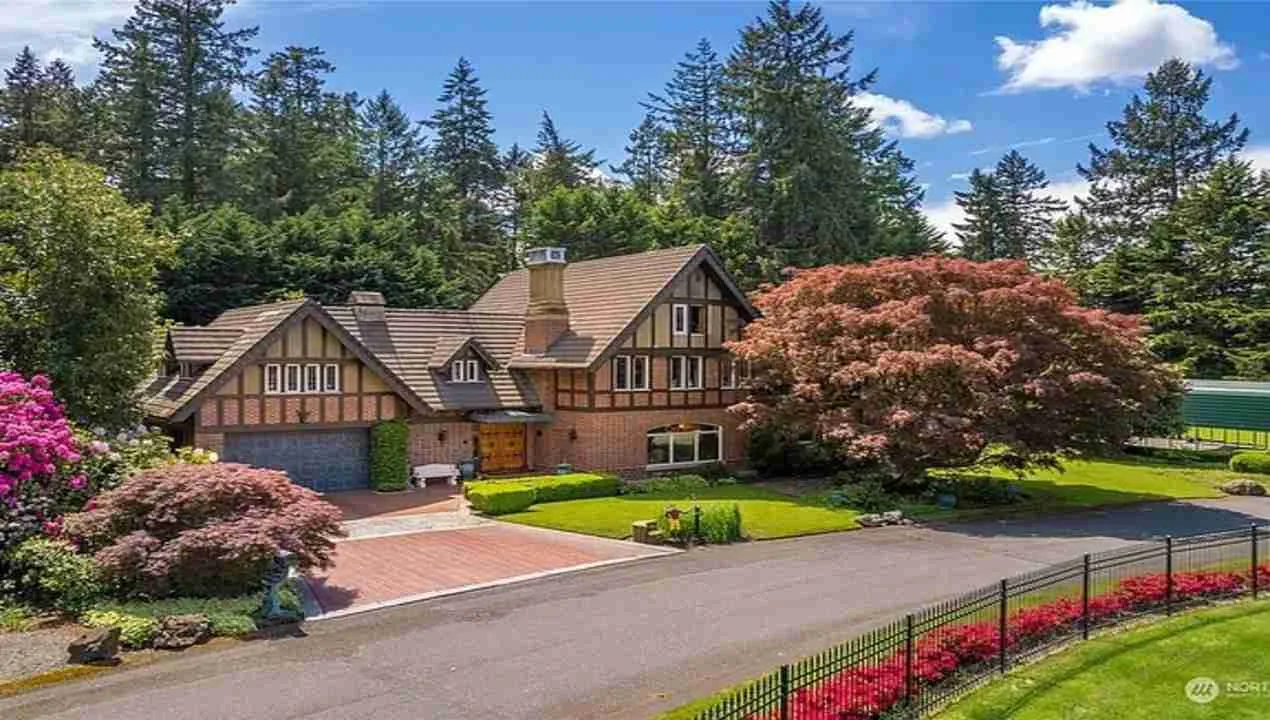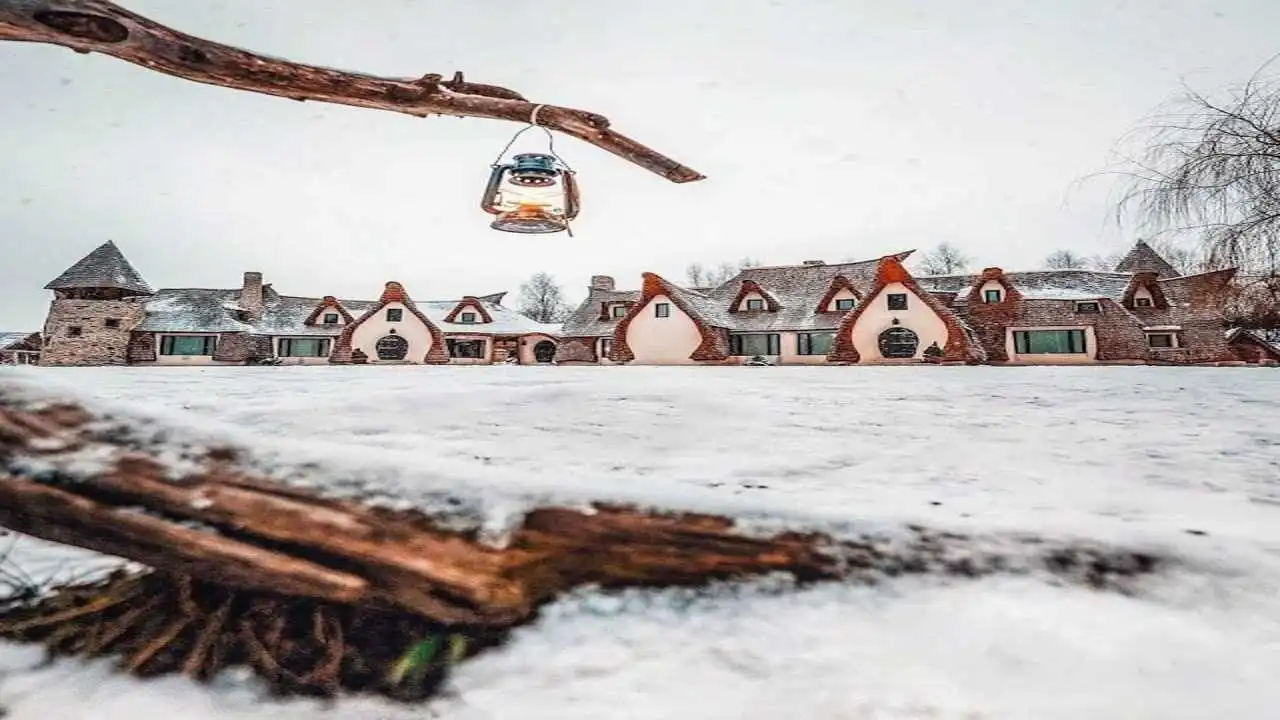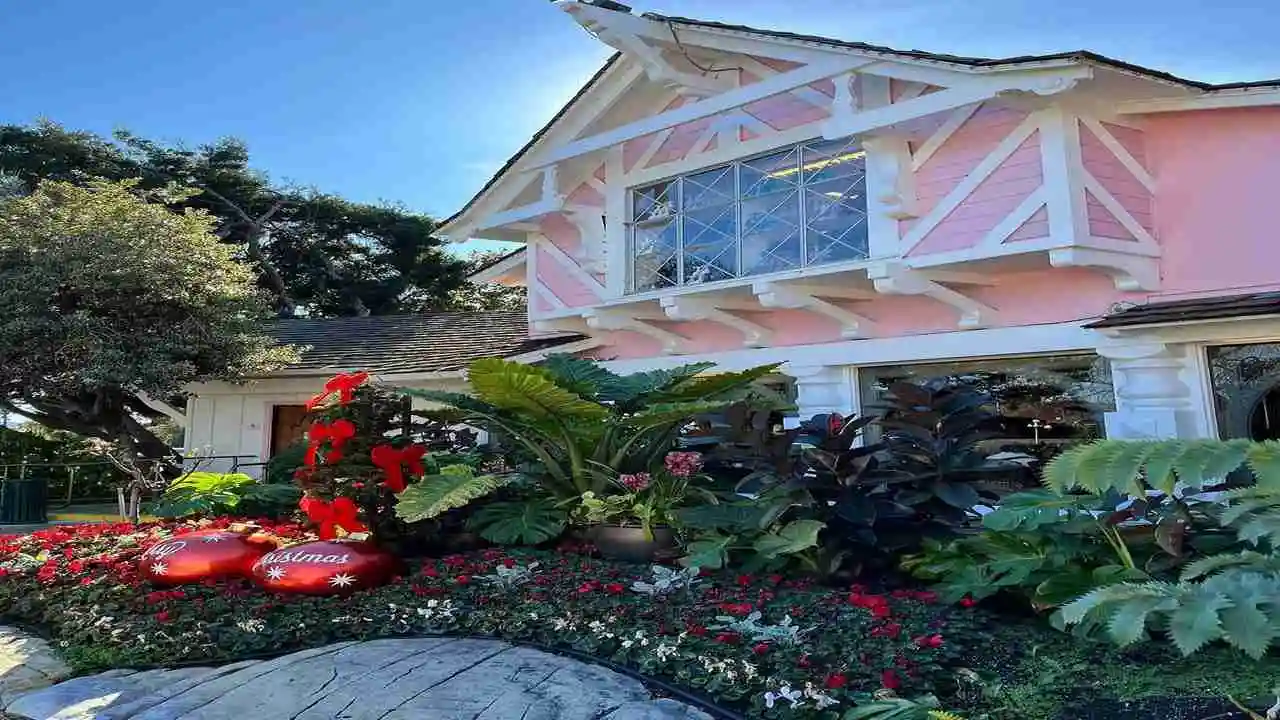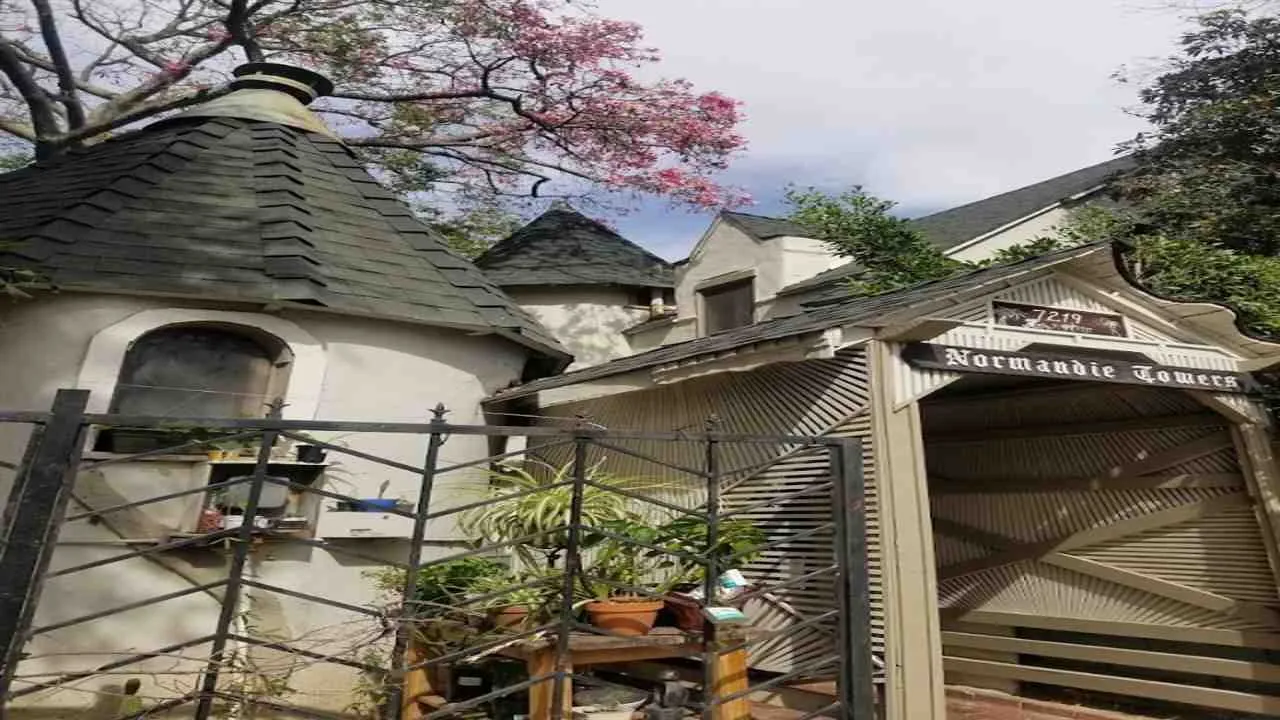In one of the most beautiful locations, Lakewood in Washington, the Thornewood Carriage House is a symbol of grandeur, referring to the Gilded Age of America. This outstanding Tudor Gothic building belonging to the mythical Thornewood estate can show the guests a peculiar insight into the 20 th century beauty and, at the same time, fits into contemporary demands as an accommodation place and host of events. To the people who are history buffs, revere architecture as well as people who are interested in taking up a unique vacation the Thornewood Carriage House is one of the most interesting historic buildings in the Pacific Northwest.
The Rich History of Thornewood Estate
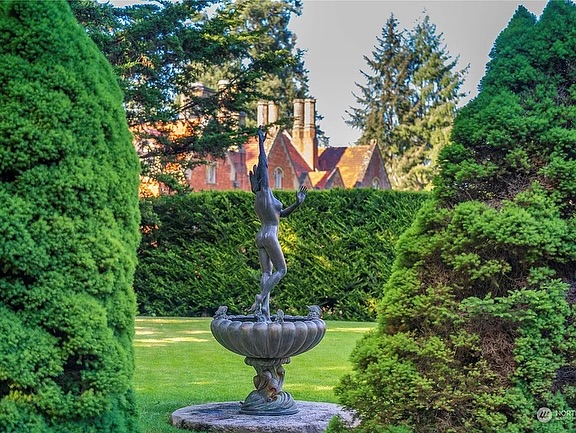
The history of the Thornewood Carriage House starts with the dream of Chester Thorne, great Tacoma businessman and banker, who wanted to build a large English manor in American Northwest. Thorne hired world-famous architect Kirtland Cutter, requesting him to build an architectural masterpiece that became one of the most exceptional pieces of architecture in the state of Washington.
Kirtland Cutter was already well known through his project the Davenport Hotel in Spokane, and many other buildings in the Pacific Northwest, so his value to the project came in his ability to fashion the building around the same European tradition of architecture and keep it American in the ways of innovation. This culminated into the magnificent Thornewood Castle which was built between 1909 and 1911 and equally an impressive array of support structures, most prominent of which is the Carriage House.
The making of the estate was not an architectural aspiration only, but it was more on the American dream in the early 1900s. The reason why Chester Thorne was able to leave such a legacy to be revived through generations to come was actually the fact that he was successful in banking and in business and so the Carriage House became a very important part of the daily activities and magnificence of the estate.
Architectural Marvel: The Design of Thornewood Carriage House
The Thornewood Carriage House is a major structure that portrays the Tudor Gothic architectural design which stood out throughout the whole place. The philosophy of Kirtland Cutter in designing buildings was to ensure compatibility of all buildings within the premises thus the Carriage House was not in competition with the main castle itself.
Significant Architecture Characteristics
Carriage House has some of the unique Tudor Gothic characteristics which make it architecturally competent:
- Structural Designs Entities:
- Tudor like steep pitched rooflines
- Leaded glass mult-paned diamond shapes windows
- Half-timbered external walls, with stone as well as timber Half-timbered external walls which are made of stone and timber
- Window openings and behind them, and gothic arched doorways
Ornamental chimneys, in work of fine brick:
Material and Craftsmanship: The building is built with the same high quality of the materials as the rest of the estate: local stone and imported English materials chosen specifically by Thorne to keep the authenticity. Stonework, timber framing and metalwork done on the place is the sign of the professionalism of the craftsmen and women of the early 20 th century.
Functional Design: The Carriage House was built with a purpose to keep carriages on the ground floor and horses in the nearby stables originally, and some functional dynamics must have gone through the head of the architect when the foundation was laid. The building had staff living quarters, storage space of the equipment and a working space to service the transportation requirements of the estate.
Original Purpose and Function
During the estate’s early years, the Thornewood Carriage House served multiple essential functions that supported the lifestyle of the Thorne family and their guests.
Transportation Hub
In the early 1900s, the Carriage House was the transportation center of the estate. It housed:
- Multiple horse-drawn carriages for different occasions
- Sleighs for winter travel
- Early automobiles as they became available
- Horses and their care facilities
- Equipment for maintaining vehicles and caring for animals
Staff Accommodations
The upper levels of the Carriage House provided living quarters for estate staff, including:
- Drivers and coachmen
- Stable hands and grooms
- Maintenance personnel
- Visiting staff accompanying guests
Storage and Workshop Space
The building also served practical needs with areas designated for:
- Tool storage and workshop space
- Feed storage for horses
- Seasonal equipment storage
- General estate maintenance supplies
The Evolution Through Time
As transportation methods evolved and the estate changed hands, the Carriage House adapted to new purposes while maintaining its historic character.
Mid-20th Century Changes
During the mid-1900s, as automobiles replaced horse-drawn carriages, the building’s function shifted. The horse stalls were converted to garage space, and storage areas were repurposed for different needs. Despite these changes, the building’s architectural integrity remained intact.
Preservation Efforts
Throughout the decades, various owners recognized the historical significance of the Carriage House and invested in preservation efforts. These included:
- Structural maintenance and restoration
- Window restoration and repair
- Roof repairs and improvements
- Foundation stabilization
- Interior renovations that respected original design
Modern Transformation: From Carriage House to Hospitality Venue
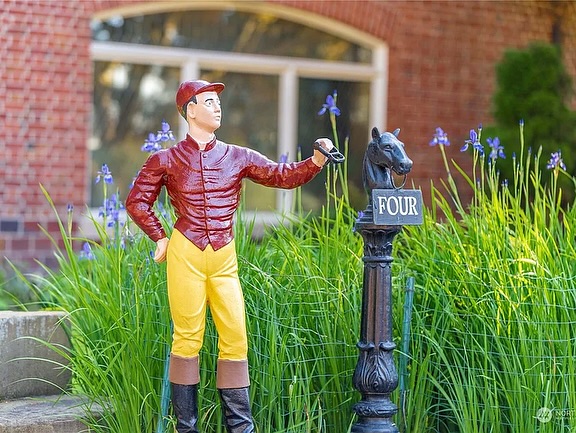
Today’s Thornewood Carriage House represents a successful marriage of historic preservation and modern hospitality. The transformation has created unique opportunities for visitors to experience this architectural treasure firsthand.
Accommodation Options
The converted Carriage House now offers distinctive lodging experiences that allow guests to immerse themselves in the property’s rich history. The accommodations feature:
Historic Charm with Modern Amenities:
- Original architectural details preserved throughout
- Period-appropriate furnishings and decor
- Modern conveniences seamlessly integrated
- Unique layouts that reflect the building’s original purpose
Varied Accommodation Types:
- Individual rooms with historic character
- Suite options for extended stays
- Group accommodations for families or friends
- Accessible options that maintain historic integrity
Event Hosting Capabilities
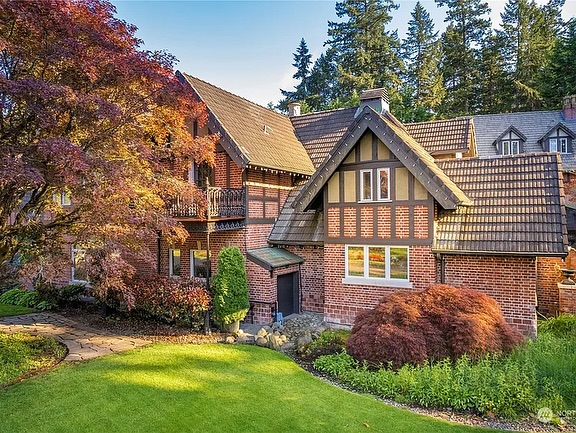
The Carriage House has become a sought-after venue for special events, offering a unique setting that combines historic atmosphere with practical functionality.
Wedding and Celebration Venues: The Tudor Gothic architecture provides a romantic backdrop for weddings and celebrations. Key features include:
- Indoor spaces with vaulted ceilings and exposed beams
- Outdoor areas with views of the estate grounds
- Flexible layouts accommodating various event sizes
- Historic ambiance that creates memorable experiences
Corporate and Private Events: Business meetings, retreats, and private gatherings benefit from the unique environment:
- Professional atmosphere with character
- Multiple spaces for different group sizes
- Modern technology integration
- Catering capabilities and support services
Architectural Significance in the Pacific Northwest
The Thornewood Carriage House holds particular importance in the context of Pacific Northwest architecture and historic preservation.
Regional Architectural Context
Few buildings in the Pacific Northwest match the Carriage House’s combination of architectural sophistication and historic authenticity. Its significance includes:
- Representation of Gilded Age architecture in the region
- Example of successful adaptation of European styles to American settings
- Demonstration of high-quality craftsmanship from the early 1900s
- Model for historic preservation and adaptive reuse
Influence on Local Architecture
Kirtland Cutter’s work on the Thornewood estate, including the Carriage House, influenced regional architectural development:
- Inspired other Tudor Gothic projects in the area
- Demonstrated the viability of grand residential architecture in the Northwest
- Set standards for quality construction and design
- Contributed to the region’s architectural heritage
Visiting the Thornewood Carriage House
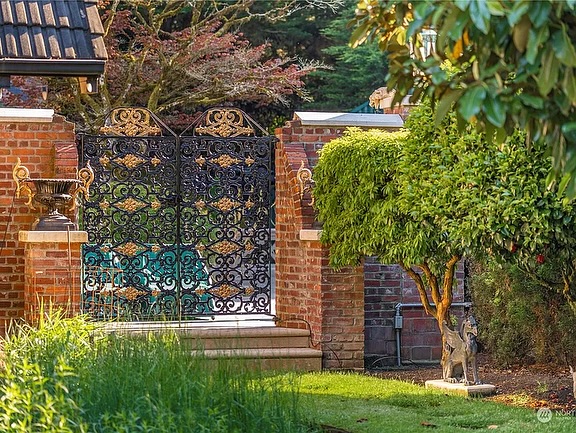
For those interested in experiencing this historic treasure, the Thornewood Carriage House offers various opportunities for engagement.
Planning Your Visit
Accommodation Bookings: Advance reservations are recommended, especially during peak seasons. The unique nature of the accommodations makes them popular with travelers seeking distinctive experiences.
Event Planning: Those considering the Carriage House for events should plan well in advance, as the venue’s popularity and limited capacity require early booking.
Tours and Education: Check availability for guided tours that provide deeper insights into the building’s history and architecture.
What to Expect
Historic Atmosphere: Visitors can expect to step back in time while enjoying modern comforts. The careful preservation of original features creates an authentic historic experience.
Unique Accommodations: Each space within the Carriage House offers a different perspective on the building’s history, with rooms that reflect various aspects of its original purpose.
Beautiful Surroundings: The Carriage House sits within the broader Thornewood estate, offering opportunities to explore the grounds and appreciate the complete vision of the original designers.
Preservation and Future
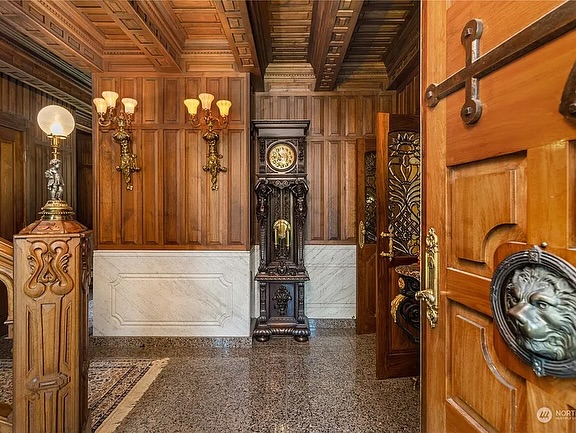
The ongoing preservation of the Thornewood Carriage House represents a commitment to maintaining this architectural treasure for future generations.
Current Preservation Efforts
Ongoing maintenance and restoration work ensures that the building continues to serve visitors while preserving its historic character:
- Regular structural assessments and maintenance
- Careful restoration of original features
- Integration of modern systems without compromising historic integrity
- Documentation of architectural details for future reference
Educational Value
The Carriage House serves as an educational resource, offering insights into:
- Early 20th-century architecture and construction techniques
- The lifestyle and culture of America’s Gilded Age
- The evolution of transportation and technology
- Historic preservation practices and challenges
Conclusion: A Living Piece of History
The Thornewood Carriage House stands as more than just a historic building—it represents a successful example of how architectural treasures can be preserved while serving contemporary needs. From its origins as a functional part of a grand estate to its current role as a unique hospitality venue, the Carriage House demonstrates the enduring value of thoughtful design and quality construction.
For visitors to the Pacific Northwest, history enthusiasts, and anyone seeking a truly unique experience, the Thornewood Carriage House offers an opportunity to connect with the past while enjoying present-day comforts. Its Tudor Gothic architecture, rich history, and beautiful setting make it a standout destination that honors both the vision of its original creators and the needs of today’s travelers.
Whether you’re planning a special celebration, seeking distinctive accommodations, or simply interested in experiencing a piece of American architectural history, the Thornewood Carriage House provides an unforgettable glimpse into the grandeur and craftsmanship of a bygone era. As preservation efforts continue and new visitors discover its charms, this remarkable building will undoubtedly continue to inspire and delight for generations to come.
